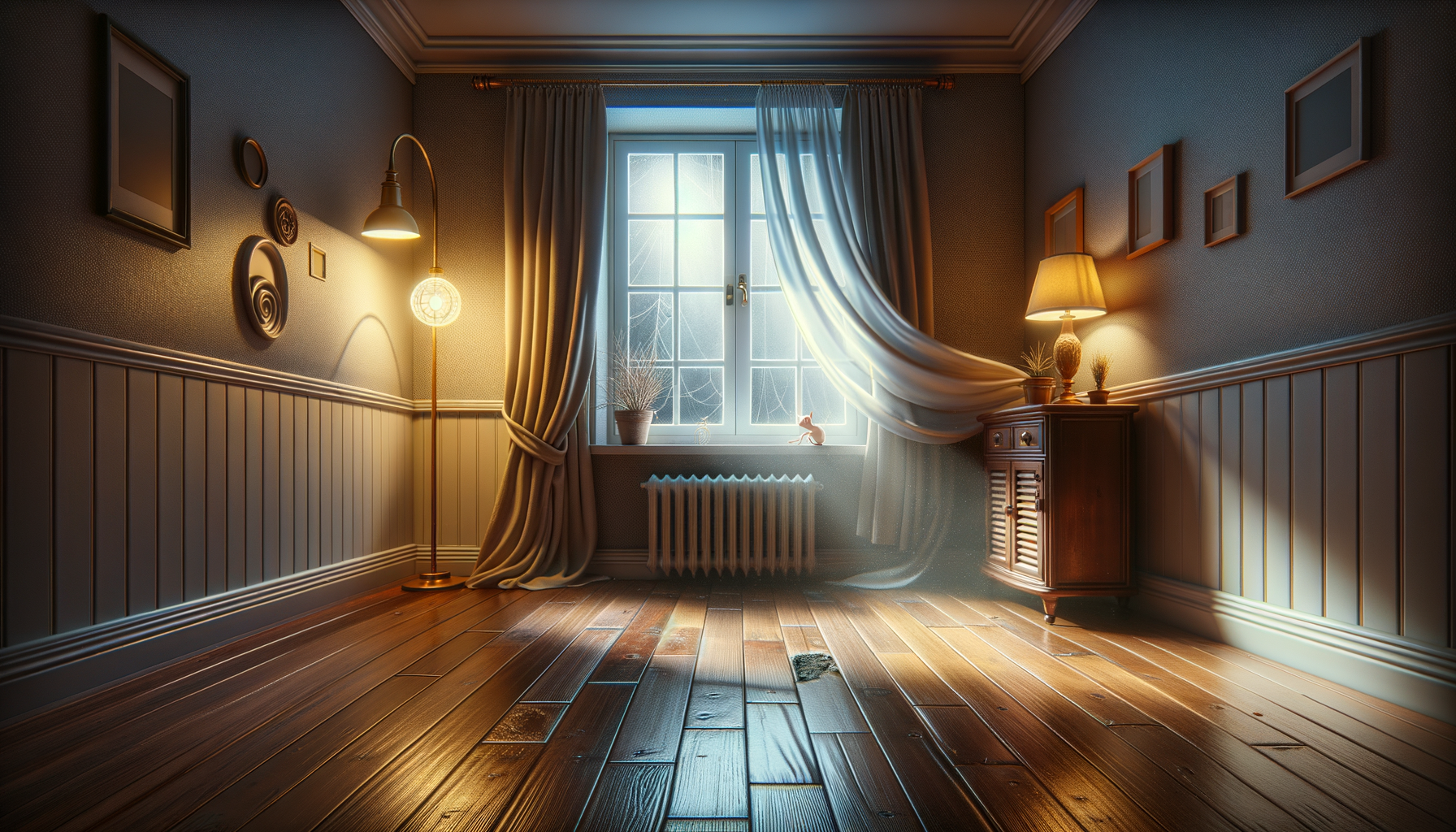10 Common Home Issues That Might Make Your House Feel Haunted

When you’re trying to sell a home, the last impression you want to give potential buyers is that of a haunted house. Some issues, although easily fixable, might leave visitors feeling spooked, rather than enchanted. Let’s explore some common home quirks that might evoke this eerie vibe.
One glaring factor is creaky floors. Wood naturally expands and contracts with humidity and temperature changes, causing it to groan under pressure. This can unsettle potential buyers, especially if the noise occurs at unexpected times. Keeping the indoor climate stable and investing in professional floor repairs can silence these ghostly echoes.
Flickering lights can also contribute to a haunted feel. Often, inconsistent lighting is due to loose bulbs or faulty wiring. It’s wise to check light fixtures and connections to ensure everything is secure and functioning well. Sometimes, old bulbs just need replacing, or the home could benefit from an electrical inspection to ensure there’s no deeper issue at play.
Drafts are another chilling concern. If a cold breeze inexplicably slips through rooms, it can turn cozy spaces into something more sinister. Gaps around windows and doors are usual culprits. Sealing these gaps with weather stripping or caulk can keep the cold out, and prospective buyers comfortable.
Strange odors can set off alarm bells for visitors. Stagnant air, mold, or mildew can cause troubling smells that leave a lasting impression. Make sure the home is adequately ventilated and address any water leaks promptly. A thorough cleaning and possibly using an air purifier can help eliminate lingering odors.
Cobwebs are an obvious but often overlooked sign of neglect. Their presence can create an abandoned or unwelcome ambiance. Regular cleaning, especially in corners and less-visited parts of the home, keeps things fresh and inviting.
Odd noises at night are a classic eerie element. Whether it’s the wind howling through an old chimney or water pipes gurgling, these sounds can be unsettling. Insulating pipes and maintaining chimneys, along with checking for tree branches next to windows, can minimize these disturbances.
Lastly, a dated or neglected exterior can set the wrong tone before buyers even step inside. Cracked paths, peeling paint, and overgrown gardens can signal a ghostly disregard for upkeep. Refreshing the paint, tending to plants, and fixing any visible wear and tear can greatly improve curb appeal and set a warm welcome.
Paying attention to these factors can make all the difference between a house that scares off potential buyers and one that entices them to discover more. After all, creating a welcoming, well-maintained home is the best way to offer a captivating first impression.
